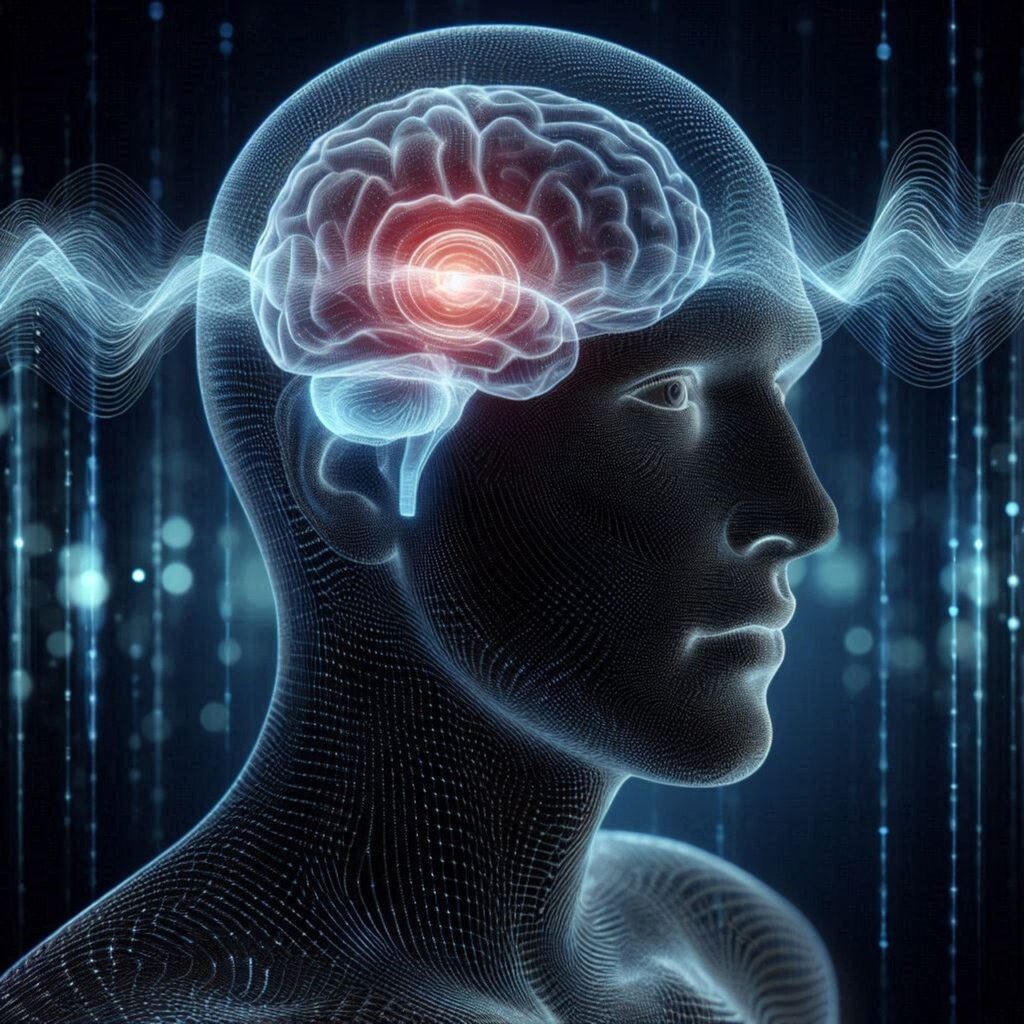
At the microcosmic level of brain processing, we know very little of how the brain develops conceptual understanding, although we know something about how memories and vocabulary are recorded. So, I’ll begin with what we do know and move into what we do not know, but the discussion will be at the macrocosmic rather than the microcosmic level, because the neurological mechanisms associated with concept acquisition are still somewhat vague.
The Acquisition of Vocabulary and Categories
One of the most observable connections between stimulus and response is the salivation of Pavlov’s dog in response to the ringing of a bell. Observing, on multiple occasions, that food was provided immediately after a bell was rung, the brain of Pavlov’s dog unconsciously linked the bell ringing (stimulus) to the provision of food, and this triggered an automatic salivation (response). Past experiences were recorded in memory and the dog associated the bell with the food, even though this association was valid only within the lab environment. The brain connects the memory of the stimulus with the memory of the reward so that when stimulus neuron is triggered, the response neuron fires. In essence, the neurons of the stimulus and response are linked by neural connections in the brain.
In humans, the power of association (such as linking a word to an image) enables us to acquire language. A young child sees a black quadruped with fur and her mother points to the animal and says “black cat.” The child repeats, “black cat.” The mother points to an orange cat and says, “orange cat.” The child repeats, “orange cat.” In the process, the child gains a sense of what is meant by the word “cat,” and associates these quadrupeds with the word “cat.” The child, through several experiences assimilates the word “cat” into her vocabulary by associating the word “cat” with her previous images of cats. Then a black squirrel comes into view. The child says “black cat.” The mother corrects the child, “No, that’s a black squirrel.” The child repeats, “black squirrel,” and accommodates or adjusts her understanding of the word “cat” to exclude squirrels, thereby assimilating the word “squirrel” into her vocabulary. Through the dual processes of assimilation and accommodation, the child acquires language and connects visual images with words. By a similar process, the child distinguishes between trees and shrubs. Visual images of trees stored in our neurons are connected to neurons associated with their representation as words.
Deeper Concepts: Metaphor and Humor
It is relatively easy for researchers in artificial intelligence to teach vocabulary to a computer, but much harder to teach “meaning.” For example, we can program a computer to understand the vocabulary
“even integer” as a number that yields an integer when divided by 2.” Yet, implicit meanings attached to vocabulary are more difficult to program. Through multiple experiences, a child understands that if Zelda is Alpha’s daughter, then Alpha is Zelda’s mother. But, a computer does not understand this connection and requires that this linkage be pre-programmed
Wittgenstein, Piaget, and others proposed that “meaning” derives from a synthesis of experiences into relationships that consolidate as concepts or ideas. For humans, the millions of connections established in various contexts throughout life become embedded in our understanding of language. For example, the sentence, “Time flies like an arrow; fruit flies like a banana,” requires a sophisticated understanding of language that is difficult to simulate. From experience, humans realize that in the first clause, “flies” is used as a verb with “like” as a preposition introducing a simile, while in the second clause, “flies” is used as a noun with “like” as a verb meaning “like to eat.” It takes context to understand that bananas (usually) don’t fly.
An even greater challenge to those in AI is to create an understanding of metaphor. This requires rich experiences in various contexts that enable the identification of parallel structures in similar situations. For example, a savings and loan commercial offering home improvement funds to repaint a house used the tag line, “You choose the color, and we’ll supply the green.” Most humans would understand that “green”, in this context, was a metaphor for money, but in order for a computer to successfully interpret the intent of the ad, it would need to have this information in advance.
Abstraction
The human ability to build abstractions from experience is the crowning glory of the human intellect. By modelling the laws of nature using mathematical representations, our species has been able to understand and, in some cases predict, natural phenomena. In his publication, The Unreasonable Effectiveness of Mathematics in the Natural Sciences, Nobel Laureate, Eugene Wigner states:
The miracle of the appropriateness of the language of mathematics for the formulation of the laws of physics is a wonderful gift which we neither understand nor deserve. We should be grateful for it and hope that it will remain valid in future research and that it will extend, for better or for worse, to our pleasure, even though perhaps also to our bafflement, to wide branches of learning.
Our brain’s ability to synthesize many experiences into deep concepts through the neural connections of related experiences may be the source of our intellectual power. However, our dependence on experiences may also place limits on our understanding of concepts. In realms, such as the microcosm of quantum physics, we have no direct experience–merely indirect observation. Logical paradoxes such as the conundrum of Schrödinger’s Cat and Bell’s Theorem prompted physicists like Richard Feynman to describe the behavior of elementary particles as, “quantum weirdness.” It may be that our experiential basis for forming concepts may be both an asset and a liability in our quest to understand our universe.
